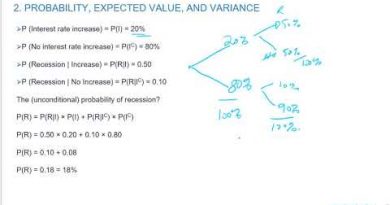Unsuitable Investment Unsuitability Definition

Unsuitable Investment (Unsuitability) Definition
What is an Unsuitable Investment (Unsuitability)?
An unsuitable investment is when an investment—such as a stock or bond—does not meet the objectives and means of an investor. The investment strategy may also be unsuitable. For example, the portfolio asset mix could be wrong, or the investments may be too aggressive or too low-risk for what the client needs or wants.
In most parts of the world, financial professionals have a duty to ensure an investment is suitable for a client. In the United States, these rules are enforced by the Financial Industry Regulatory Authority (FINRA). Suitability is not the same as fiduciary responsibility.
Key Takeaways
– An unsuitable investment does not serve an investor’s goals and needs as well as it could.
– Financial professionals have a general duty to offer investments suitable to a customer’s needs.
– Even those not bound by fiduciary duty are expected to avoid offering unsuitable investments.
Understanding an Unsuitable Investment (Unsuitability)
Unsuitable investments vary between market participants. No investment, other than scams, is inherently suitable or unsuitable. Suitability depends on the investor’s situation and will vary based on their characteristics and goals.
To ensure suitable investments are offered, FINRA rules require investment firms to seek information about a customer’s age, other investments, financial situation and needs, tax status, investment objectives, investment experience, investment time horizon, liquidity needs, and risk tolerance. Customers are not required to provide this information, so there is flexibility if they do not. Having this information helps firms avoid offering unsuitable investments.
For example, for an 85-year-old widow living on fixed income, speculative investments like options, futures, and penny stocks may be unsuitable because the widow has a low-risk tolerance. She is using the capital in her investment accounts, along with the returns, to live. She and her investment advisor would likely be unwilling to put her capital at excessive risk as there is minimal time left on her investment horizon to recoup losses.
On the other hand, a person in their twenties or thirties may be willing to take on more risk. They are still working and do not yet require their investments to live off. More risk could result in higher returns over the long-run, and the longer investment horizon means they have time to recoup any short-term losses. Very low-risk investments may be unsuitable for this investor.
Age is not the only factor when determining unsuitable investments. Income, expected future income, financial knowledge, lifestyle, and personal preferences are also considered. For example, some people prefer to play it safe, while others are risk-takers.
The sleep test is a concept that helps in this regard: if an investor can’t sleep because of their investments, something is wrong. Alter the risk level until comfortable. Risk is then combined and counterbalanced with the other factors to find suitable investments or create the proper investment strategy.
Fiduciary Responsibility
Suitability and unsuitability are not the same as fiduciary responsibility. They are different levels of client care, with fiduciary responsibility being the stricter protocol. A fee-based investment adviser has a fiduciary responsibility to find investments and investment strategies suitable for their client. A commission-based financial advisor or broker, maybe that you get on the phone at your broker’s call center, typically doesn’t have a fiduciary responsibility to a client, but they will still seek out suitable investments.


